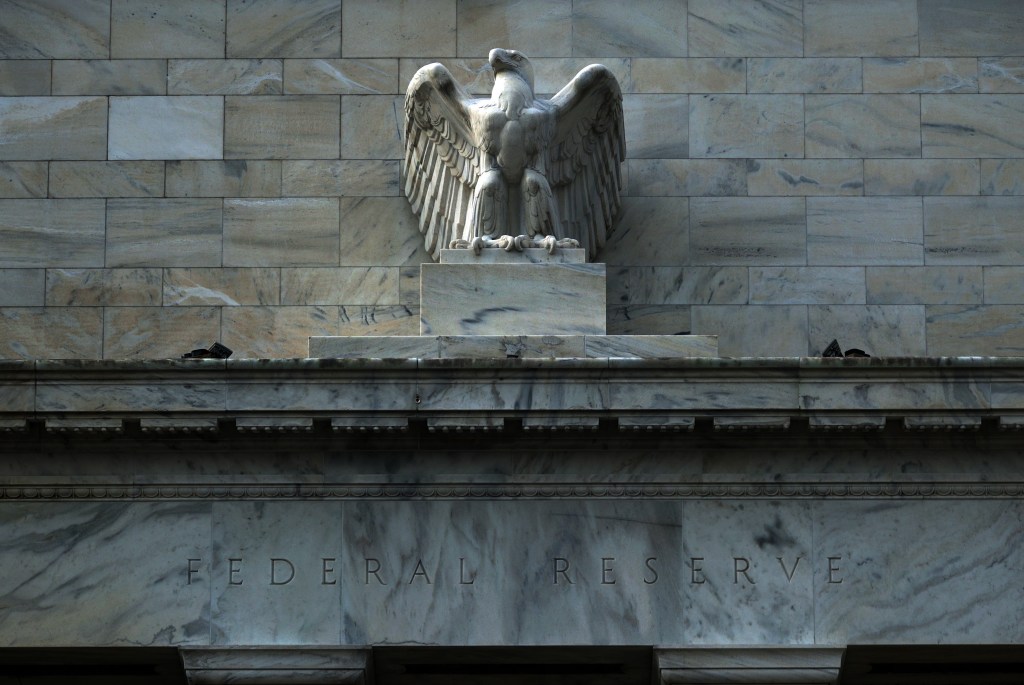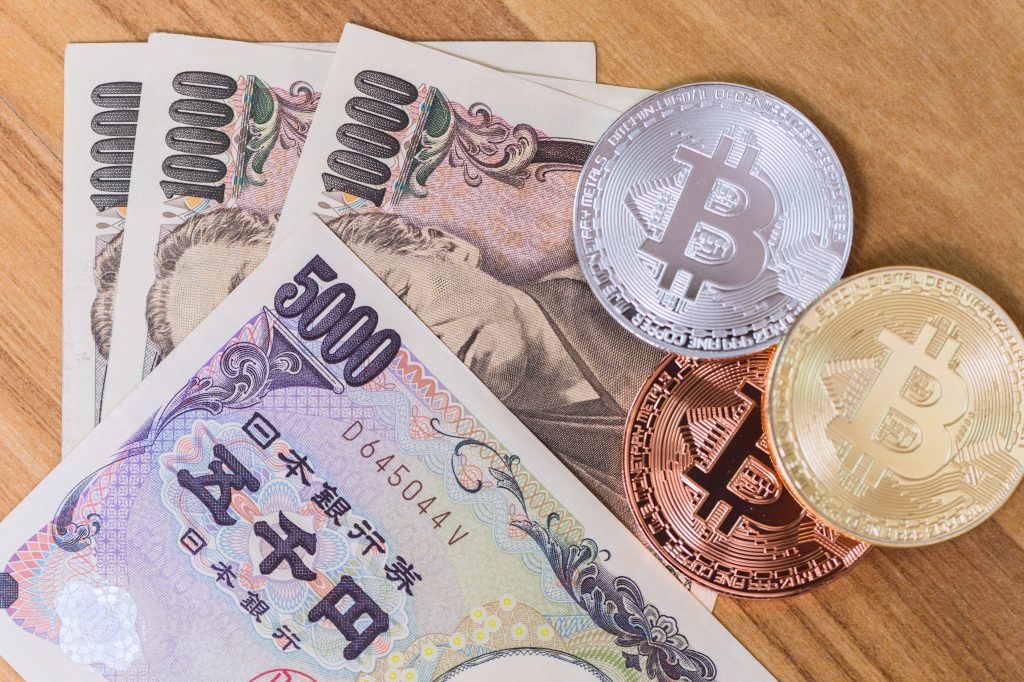As the crypto press mulls over Bitcoin’s progress since the release of the 2008 white paper, regulators worldwide took steps forward.
UK regulates stablecoins
The UK government this week published an update on plans for the regulation of fiat-backed stablecoins. The aim will be to bring them into the remit of
Register for free to keep reading.
To continue reading this article and unlock full access to GRIP, register now. You’ll enjoy free access to all content until our subscription service launches in early 2026.
- Unlimited access to industry insights
- Stay on top of key rules and regulatory changes with our Rules Navigator
- Ad-free experience with no distractions
- Regular podcasts from trusted external experts
- Fresh compliance and regulatory content every day













